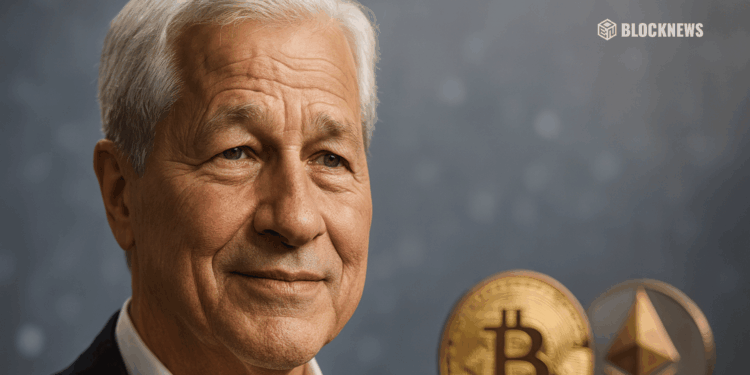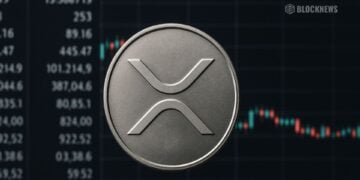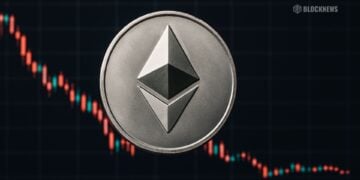• JPMorgan CEO Jamie Dimon reverses his anti-crypto stance, calling it “real” and inevitable.
• JPMorgan now accepts Bitcoin and Ethereum as collateral and develops tokenized products.
• The move cements crypto’s transition from speculative fringe to institutional backbone.
In a stunning reversal, Jamie Dimon, CEO of JPMorgan Chase, has publicly shifted his long-held stance on digital assets, saying that “crypto is real, it will be used by all of us.” This marks a complete 180 from his infamous 2017 remark calling Bitcoin a fraud and threatening to fire employees who traded it.
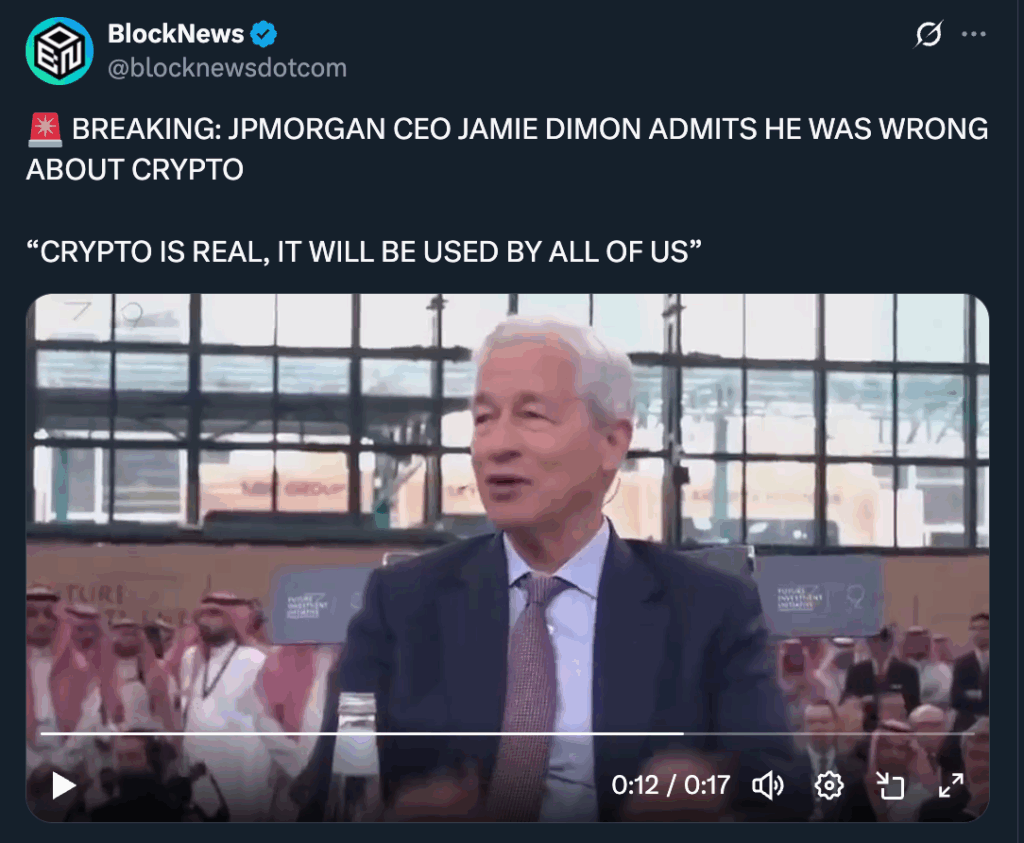
Speaking at a recent event in Riyadh, Dimon acknowledged that digital currencies are here to stay, signaling a major cultural and strategic pivot inside the world’s largest bank. Back then, JPMorgan dismissed crypto as a speculative bubble; now, it’s actively integrating blockchain and tokenized assets into its institutional offerings.
Why the Flip Matters
This change isn’t just rhetoric—it’s institutional validation. JPMorgan now recognizes Bitcoin and Ethereum as legitimate collateral and is exploring tokenized fund products through its Kinexys blockchain platform. For a major global bank that once mocked crypto to now embrace it shows how far the financial industry has evolved.
Dimon’s reversal carries weight beyond JPMorgan. When one of Wall Street’s most influential voices acknowledges crypto’s permanence, it encourages regulators, investors, and other banks to take the sector more seriously. This kind of recognition could accelerate mainstream adoption, bridge traditional finance with Web3, and push forward clearer regulatory frameworks.
The Institutional Shift Behind the Scenes
JPMorgan’s digital transformation aligns with a broader industry trend—the tokenization of real-world assets (RWAs). The bank is actively testing blockchain applications for collateral management, settlements, and alternative investments. Its efforts mirror moves by competitors like BlackRock and Goldman Sachs, both experimenting with blockchain for fund management and settlement systems.
Dimon’s new tone also reflects market realities. Crypto is no longer just speculative—it’s becoming a part of how money moves. Stablecoins, tokenized treasuries, and on-chain settlement tools are now reshaping capital markets faster than traditional systems can adapt.
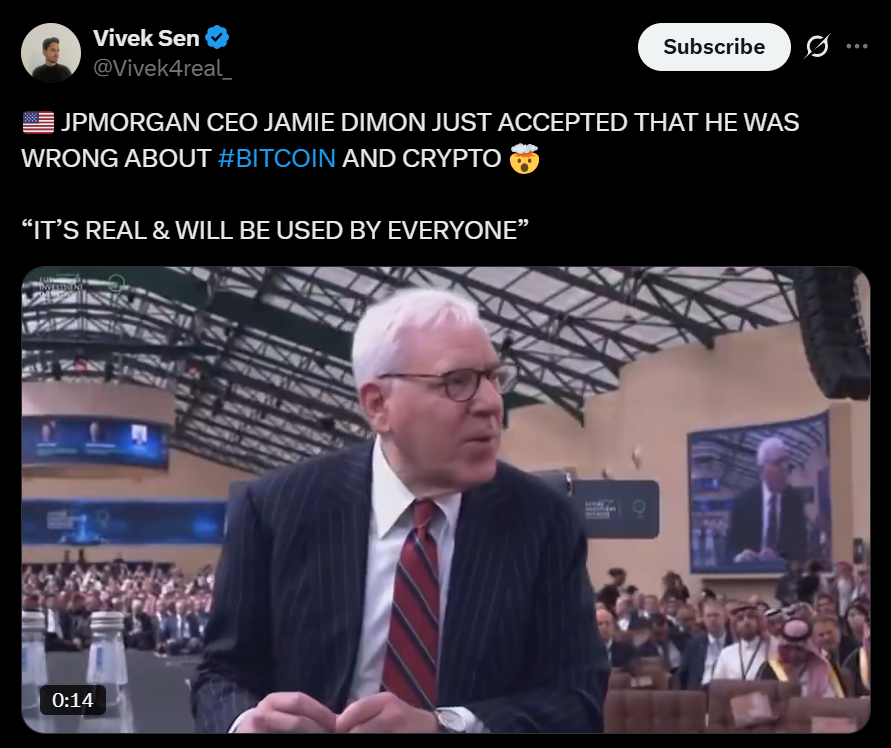
What It Means for the Future of Crypto
For everyday investors, this shift means crypto’s “wild west” era is fading as institutions formalize participation. Expect to see more regulated products, tighter compliance, and smoother integration into global finance. While this might temper the explosive gains of past bull runs, it also adds credibility, liquidity, and long-term stability to the digital asset class.
Dimon’s acknowledgment signals the next phase of crypto’s evolution—from rebellion to infrastructure. As banks and regulators begin to align, the foundation for a mainstream, blockchain-powered financial system becomes harder to ignore.


